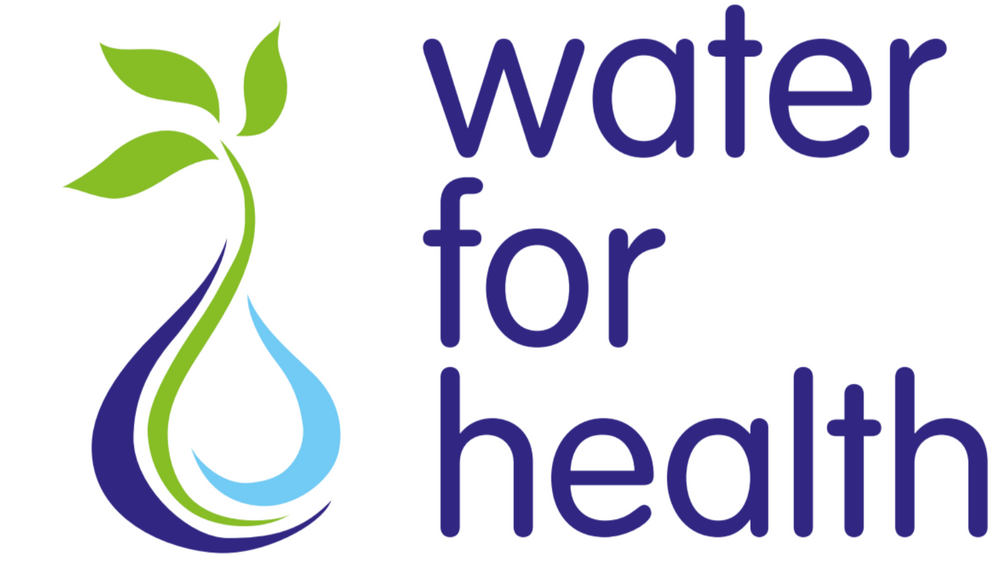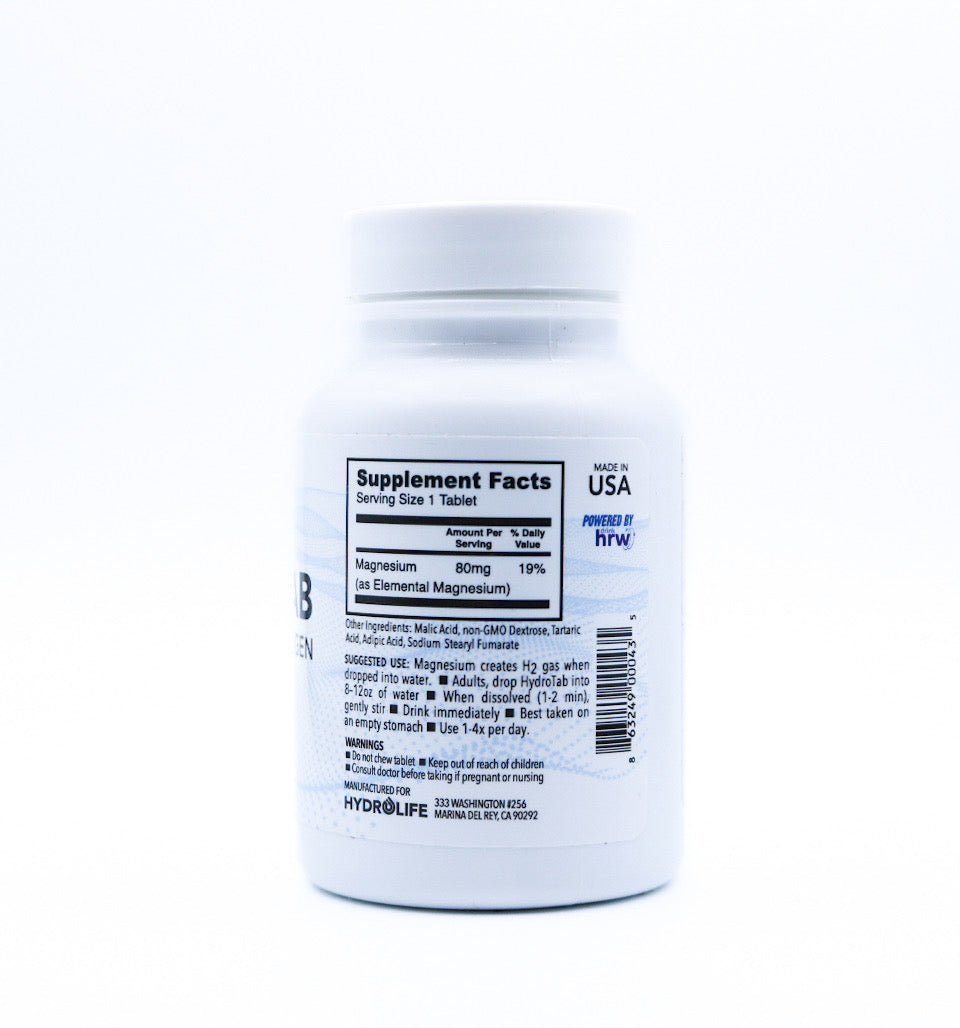Per- and polyfluoroalkyl substances, more commonly known as PFAS, have been under increasing scrutiny due to their presence in everyday products and their potential dangers to health and the environment. The recent move by the United States to establish formal regulations on PFAS levels in drinking water has sparked conversations worldwide. This is particularly important in the UK, where awareness of PFAS is growing, but legal restrictions are not yet in place. The need for regulation is clear; yet, how should the UK move forward in addressing these 'forever chemicals' and how can individuals protect themselves pending government action?
The Silent Menace of PFAS
PFAS, or per- and polyfluoroalkyl substances, represent a group of man-made chemicals that have seen widespread use across various industrial applications and consumer products for decades. These chemicals are extraordinarily persistent in both the environment and the human body, which has led to them being dubbed 'forever chemicals.' This nickname underscores the daunting reality that once released into the environment, they do not degrade easily, if at all, leading to persistent contamination.
The adverse health effects linked to high levels of PFAS exposure are thoroughly documented and deeply concerning. Research has shown these substances can be associated with a slew of health issues, including various forms of cancer (1), reduced birth weight (2), and dysfunction of the immune system (3). Further studies have linked PFAS to thyroid disease (4), cholesterol abnormalities (5), and disruption of hormonal functions (6), illustrating the wide-reaching impacts of these chemicals on human health.
Despite the growing alarm over their safety and the mounting evidence of their harmful effects, PFAS continue to be prevalent in a variety of everyday items. They are found in non-stick cookware, water-repellent clothing, stain-resistant fabrics and carpets, cosmetics, food packaging, and firefighting foams. This widespread use makes complete avoidance of PFAS a significant challenge for individuals, underscoring the complexity of addressing this issue on a larger scale.
Moreover, due to their incredibly stable structure, PFAS accumulate in the human body over time, leading to increased concern over the unknown long-term health consequences of chronic exposure. The environmental persistence of PFAS, combined with their bioaccumulative potential, presents a formidable challenge for environmental scientists and public health officials as they work to understand and mitigate the impacts of these chemicals.
As awareness grows and regulatory scrutiny increases, the push for finding alternatives and solutions for PFAS contamination has become more urgent. However, the very nature of PFAS, their widespread use, and their resistance to conventional environmental remediation techniques mean that addressing this issue will require innovative approaches and sustained effort over time.
The Case for Legal Limits
The decision by the US Environmental Protection Agency (EPA) to enforce legal limits on PFAS in drinking water signifies the start of formal restrictions on these contaminants. This move is consequential, as the US often sets a precedent for global standards. The crucial question that arises is, 'Should there even be a limit, or should we push for a complete ban on PFAS?' Given their hazardous nature, many argue the latter. However, setting limits is a step towards minimising exposure and signals the gravity of the issue to manufacturers and the public.
The UK's Approach to PFAS
In contrast to the US, the approach in the UK has been slower, with a recent surge in activity prompted by the 2019 review of the EU's water legislation. The UK has committed to align its policies with stringent EU standards even post-Brexit, which would likely include measures addressing PFAS. However, there has been criticism of the UK's response time, leading some activists and scientists to push for more immediate action. The question remains – when will the UK set its legal limits for PFAS?
Health Implications and Public Outcry
The conversation around PFAS is necessarily one of public health. Studies have linked these chemicals to a spectrum of health issues, particularly in communities near industrial sites where PFAS are or have been manufactured. The mounting evidence has led to a growing protest against the delay in taking actionable steps to minimise exposure. Public outcry has been intense, especially from those directly affected by PFAS contamination of their water supply.
The Path to Personal Protection
While the onus ultimately lies with regulatory bodies to enforce restrictions and with corporations to find alternatives to PFAS, individuals also have a crucial role in their own protection. There are steps people can take to minimise their exposure to these chemicals. Awareness and education are key, helping the public understand where PFAS are typically found and how to make informed purchasing decisions. For example, opting for products without 'non-stick,' 'waterproof,' or 'stain-resistant' claims can significantly reduce personal exposure.
Monitoring and Filtering

Investing in home water filtration systems, specifically those that target PFAS, is another effective strategy for protecting personal health. Regular monitoring of water quality and choosing products that have been independently tested for PFAS removal can assure a higher level of safety. Furthermore, being mindful of the water system's source – whether it is public or private – can inform the types of filters and precautions that are best suited to the specific circumstances.
Global vs. Personal Responsibility
The challenge of PFAS is a global one, and while it's important for individuals to take responsibility for their direct environments, the problem ultimately requires broader, united action. Collaborative research and global policy alignment are necessary to address the transboundary nature of PFAS contamination. It is essential for the UK and other countries to not only set legal limits but also to invest in sustainable solutions to eliminate the use of PFAS entirely.
Joining the Advocacy
Advocacy and support for organisations focused on PFAS research and regulation are actions with significant impact. Through community involvement and support for related policies, individuals can contribute to the momentum for change. Engaging with local lawmakers, signing petitions, and participating in awareness campaigns are concrete steps towards demanding governmental action.
In conclusion, the move by the US to regulate PFAS levels in drinking water serves as a global reminder of the need for stringent control of these persistent pollutants. The circumstance in the UK is complex, with an ongoing debate on how to approach PFAS in a way that protects public health without overly burdening industry. While legal restrictions are yet to be implemented, the critical aspect is the joint responsibility shared between government, industry, and individuals in addressing this public health issue. Through collective efforts, including advocating for stricter regulations, supporting research, and making informed choices, the public can contribute to a safer, less PFAS-saturated future.
Written by Amy Morris, BSc (Hons) Nutritional Therapy. Amy has been a nutritional therapist for 12 years, specialising in recent years as a functional medicine nutritional therapist. Women’s health, and pre-diabetes and type 2 diabetes prevention are Amy’s specialist areas. Diagnosed with a chronic condition called endometriosis at age 20, this is what motivated Amy to study nutrition. Amy has been in remission for 6 years now, attributing powerful nutrition, lifestyle and bio-identical hormone strategies she now shares with her clients. https://www.greathealthnaturally.co.uk/
Water for Health Ltd began trading in 2007 with the goal of positively affecting the lives of many. We still retain that mission because we believe that proper hydration and nutrition can make a massive difference to people’s health and quality of life. Click here to find out more.
References:
1) National Cancer Institute. (2020, October 15). PFAS Exposure and Risk of Cancer - National Cancer Institute. Dceg.cancer.gov. https://dceg.cancer.gov/research/what-we-study/pfas
2) Padula, A., Ning, X., Shivani Bakre, Barrett, E. S., Bastain, T., Bennett, D. H., Bloom, M. S., Breton, C. V., Dunlop, A. L., Eick, S. M., Ferrara, A., Fleisch, A. F., Sarah Dee Geiger, Goin, D. E., Kannan, K., Karagas, M. R., Korrick, S. A., Meeker, J. D., Morello-Frosch, R., & O’Connor, T. G. (2023). Birth Outcomes in Relation to Prenatal Exposure to Per- and Polyfluoroalkyl Substances and Stress in the Environmental Influences on Child Health Outcomes (ECHO) Program. Environmental Health Perspectives, 131(3). https://doi.org/10.1289/ehp10723
3) von Holst, H., Nayak, P., Dembek, Z., Buehler, S., Echeverria, D., Fallacara, D., & John, L. (2021). Perfluoroalkyl substances exposure and immunity, allergic response, infection, and asthma in children: review of epidemiologic studies. Heliyon, 7(10), e08160. https://doi.org/10.1016/j.heliyon.2021.e08160
4) van Gerwen, M., Colicino, E., Guan, H., Dolios, G., Nadkarni, G. N., Vermeulen, R. C. H., Wolff, M. S., Arora, M., Genden, E. M., & Petrick, L. M. (2023). Per- and polyfluoroalkyl substances (PFAS) exposure and thyroid cancer risk. EBioMedicine, 97, 104831. https://doi.org/10.1016/j.ebiom.2023.104831
5) Ma, G., & Ducatman, A. (2022). Perfluoroalkyl Substance Serum Concentrations and Cholesterol Absorption-Inhibiting Medication Ezetimibe. Toxics, 10(12), 799. https://doi.org/10.3390/toxics10120799
6) Mokra K. (2021). Endocrine Disruptor Potential of Short- and Long-Chain Perfluoroalkyl Substances (PFASs)-A Synthesis of Current Knowledge with Proposal of Molecular Mechanism. International journal of molecular sciences, 22(4), 2148. https://doi.org/10.3390/ijms22042148




























Leave a comment